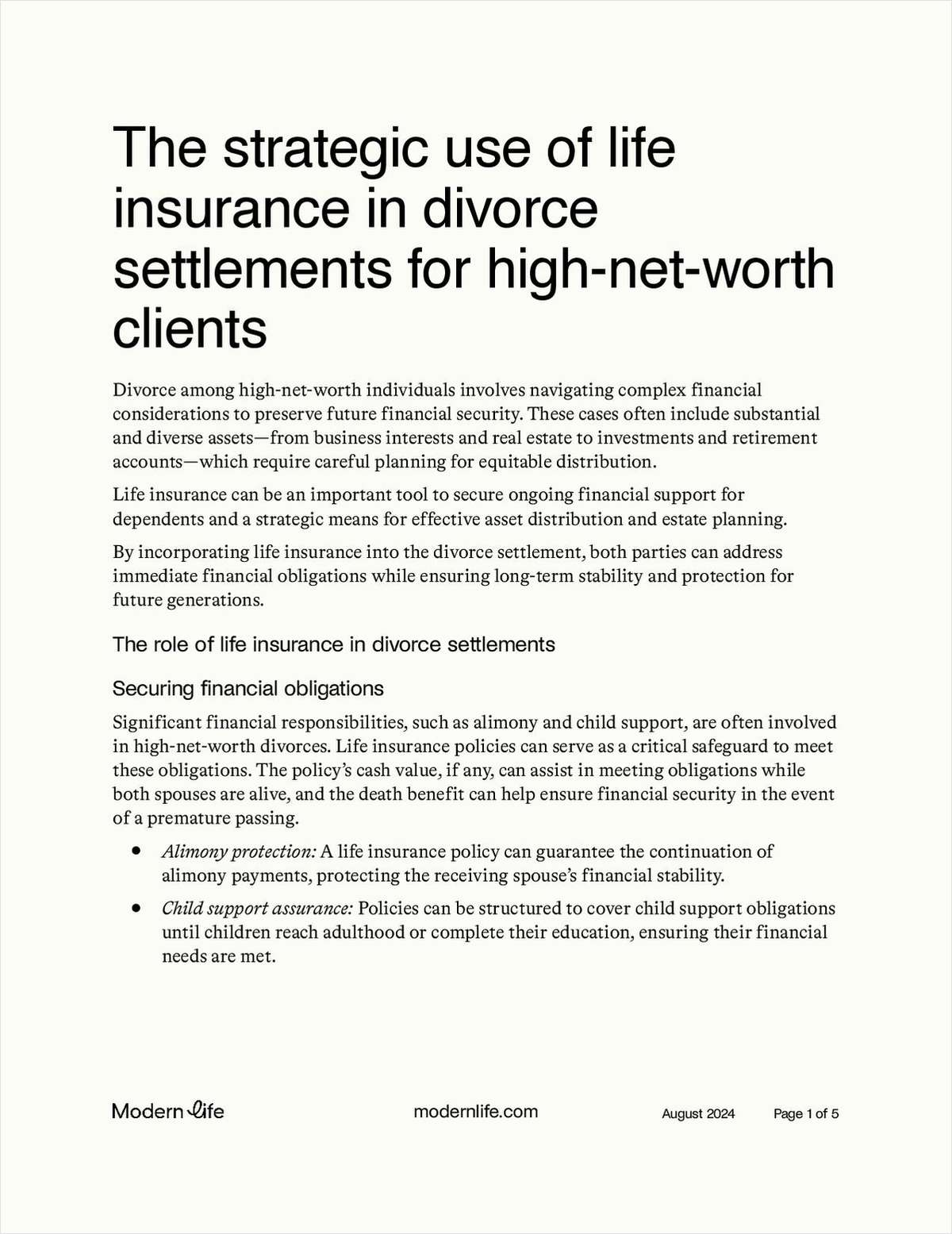Annuity insurers are poised to grab a larger portion of the retirement income market in the coming years. However, that potential for increased revenue comes with heightened risks as well as rewards.
That's the upshot of a recent report from Standard & Poor's RatingsDirect entitled, "Annuities' Share of the Retirement Market May Be Set to Grow."
One of the report's authors, Li Cheng, below right, a director in North American Insurance Ratings for S&P, spoke to LifeHealthPro.com about the study and its implications for the annuity industry.
The New York City-based Cheng concluded that this untapped market for individual annuity sales is potentially quite enormous. In comparison to the U.S. life insurance market, which she termed "saturated," annuities have yet to make a noticeable dent in the retirement income arena. Citing statistics from the Investment Company Institute, the S&P report pointed out that as of the first quarter, only 9 percent of total U.S. retirement assets were held in individual annuities.
comparison to the U.S. life insurance market, which she termed "saturated," annuities have yet to make a noticeable dent in the retirement income arena. Citing statistics from the Investment Company Institute, the S&P report pointed out that as of the first quarter, only 9 percent of total U.S. retirement assets were held in individual annuities.
That sets the stage for annuity insurers to grab an even large piece of the retirement income pie. But while annuities could potentially garner a company higher returns than life insurance sales, the risks in annuities are inherently higher, too. Equity market and interest rate volatility are more difficult to hedge than the mortality risk of life insurance, which is more predictable and easier to diversify, Cheng said.
See also: An Oncoming 'Boom" in the Retirement Income Market
Annuity insurers also have to deal with sometimes unpredictable policyholder behavior, added Cheng. Policyholders may choose lapse a policy, annuitize, or withdraw by amounts within or outside the limits set in the contractactions that might deviate from the company's original pricing and valuation.
"These policyholder behaviors, in many ways, are new and have not been tested," Cheng said. "The best thing a company could do is set assumptions conservatively. So these uncertainties both on the market side as well as the policyholder behavior side are the new challenges companies writing individual annuities face."
The Selling Process
Meanwhile, advisors and agents will be challenged to find the best product fit for their clients' actual needs and not sell expensive riders a policyholder may not benefit from.
Cheng said that insurers are finding that in many instances, variable annuity policyholders may not be utilizing the guaranteed withdrawal benefits at all, or not using them to their optimal benefit. Since such riders can be quite costly, advisors should understand exactly what the client's requirements are before selling a policy.
"The consumer is paying a very high fee to be able to utilize that guaranteed 5 percent or 6 percent withdrawal feature to cover their retirement income," Cheng said. "But we have heard that many issuers are seeing the utilization of that withdrawal feature is not rational, meaning many are not using it to maintain that monthly income. In that case, if they really care about preservation of the principal, they don't have to pay that high price to buy the withdrawal feature. They can buy a deferred annuity where you get principal preservation without paying the very high rider fee. So in terms of the advisors, it's trying to figure out what exactly the retirement needs of the consumer are and what product provides a cost efficient vehicle to satisfy that need."



